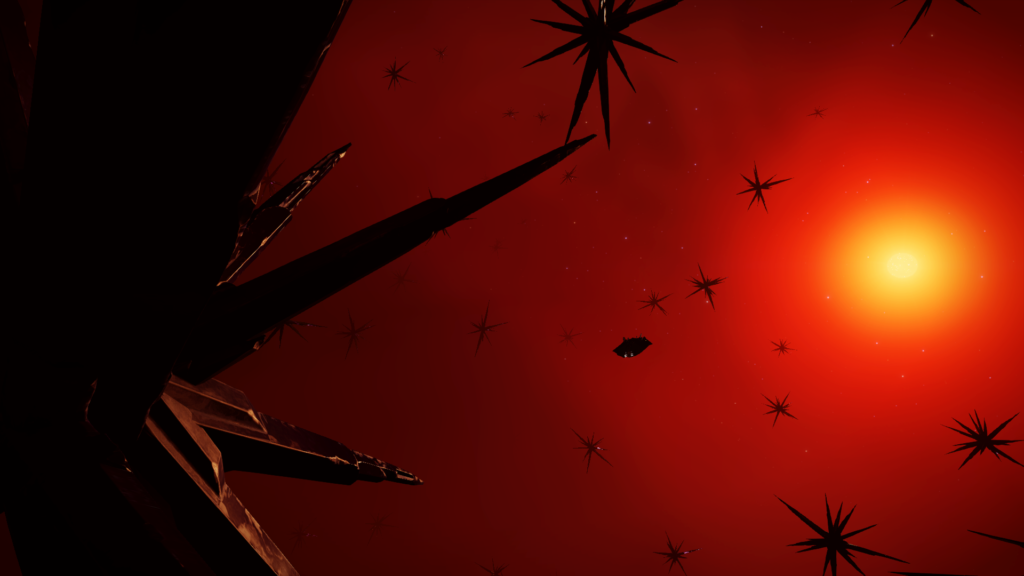Democracy’s Science Division chartered the ASP Explorer Leading Light last Monday as Democracy’s first dedicated research vessel. To celebrate the occasion I, Democracy’s Chief Science Officer Rampageous One, led a survey to Corona Austr. Dark Region KS-T on board Leading Light.
The purpose of the survey to this system was to conduct further research on the strange crystalline structures found back in August during Democracy’s Rescue Expedition. Our question was, do the microorganisms that create these structures differ from the ones found in the Dark Region.

The prasinum metallic crystals here in KS-T were all found within lagrange clouds, already different from those in BLEIA EOHN DI-I C26-11. The microorganisms here while not wildly different from those in C26-11 were less diverse in their processes of crystallization. All 34 structures surveyed were found to be of the type Purpureum, named for the purple hue it emits. This is different from the Rubeum and Flavum structured found in C26-11. Our theory was perhaps the systems cloud debris is less diverse than that of C26-11 but that was determined to be false.
You may have noticed the lagrange clouds here are two different colors, Red and Blue. While we might assume this is due them being made up of different minerals that is not entirely the case here as they are almost identical. What’s happening here is due to their distance from the systems star. What we have is what we would call an emission cloud and a dark cloud.

An emission cloud is a cloud of high temperature gas. Within this type of cloud, a star energizes the atoms in the cloud with ultraviolet radiation. As these atoms fall back to lower energy states, they emit radiation. The process is similar to that of a neon light. This causes the nebula to glow. Emission clouds are most often red in color because of the abundance of hydrogen, however, here we see it is blue, this is due to the hydrogen here found in its beta state (n=4) rather than its alpha (n=3).
Our red cloud is a dark cloud of dust which blocks the light from objects behind it. They are very similar to emission clouds in composition and look different primarily because of their placement and distance from the star. Dark clouds are usually seen together with emission and reflection clouds as seen here in the Dark Region.
Leading Lights maiden survey was a success for the Science Department (SD). It may not have brought the riches of war or trade but the folks here in SD have gained a wealth of knowledge and a bit of appreciation for the stars close to home. We hope to continue our research and surveys into the vast frontier and present them here so the great knowledge of Democracy’s findings may be accessible and informational.
I wish you all adieu.
Chief Science Officer Rampageous One
